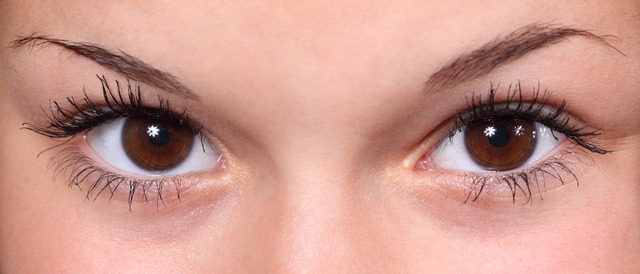 People make a lot of fuss over the cliché that “eyes are the windows of the soul,” but emerging research indicates that this saying may be even more accurate than we think.
People make a lot of fuss over the cliché that “eyes are the windows of the soul,” but emerging research indicates that this saying may be even more accurate than we think.
While emotions are displayed throughout all parts of our face, including the mouth and nostrils, a new study by Dr. Adam Anderson from Cornell University found that eyes are perhaps the most important indicators of our inner emotional states. Dr. Anderson connected these findings into a broader discussion over how our universal expressions evolved.
Questions concerning the origin of our facial expressions are as old as the theory of evolution itself. While Darwin is most famous for pioneering concepts of natural selection, he also initially proposed the notion that humans, across cultures, share a small set of universal emotions. He contended that the universality of these emotions was dependent on evolutionary factors, but subsequent generations of psychologists have struggled to back up these claims.
Eventually, as Humintell’s own Dr. David Matsumoto writes, research has begun to confirm Darwin’s suspicions, finding over and over again that humans across the planet recognize some of the same emotions via the same expressions. These seven basic emotions include anger, contempt, fear, disgust, happiness, sadness, and surprise.
While research has established the existence of these emotions, it remains to be seen how and why they evolved the way they did. It was this question that Dr. Anderson attempted to answer.
In his recent study, he and co-author Dr. Daniel H. Lee created digital images of the eyes while expressing six emotions (the basic emotions minus contempt) and asked participants to compare these models with a selection of potentially unrelated words signifying mental states, such as “discriminating, curious, bored, etc.”
Consistently, the participants were able to successfully match the words to their expression. This demonstrated a widespread ability to recognize emotions based on the eyes alone. Interestingly, the authors compared this performance with participants’ abilities to read emotional cues from other parts of the face and found that the eyes were a much better avenue to success.
While discussing his conclusions, Dr. Anderson explained “The eyes are windows to the soul likely because they are first conduits for sight. Emotional expressive changes around the eye influence how we see, and in turn, this communicates to others how we think and feel.”
In fact, there are some intuitive connections between the shape of the eye and the emotion expressed. For example, emotions related to disgust or contempt feature narrowed eyes, as though individuals are trying to block out negative images, while emotions like fear correlate with widened eyes, allowing us to better capture the details of a threatening environment.
These findings built on Dr. Anderson’s earlier 2013 research which found that facial expressions arose out of reactions to the outside environment, rather than having a primarily social function.
While this study helps reveal the evolutionary history of our emotional recognition, what are the practical implications? Certainly, these findings show that we need to focus on people’s eyes, but we will not benefit from the prompting of having relevant words attached.
In reality, this makes reading emotions much harder, though Humintell is focused on making this process easier, not only by promoting helpful information in this blog but through our top-quality professional training programs.
For more information on emotional recognition and basic emotions, check out our pages here and here!
 Do you know if your boss is happy or sad?
Do you know if your boss is happy or sad?